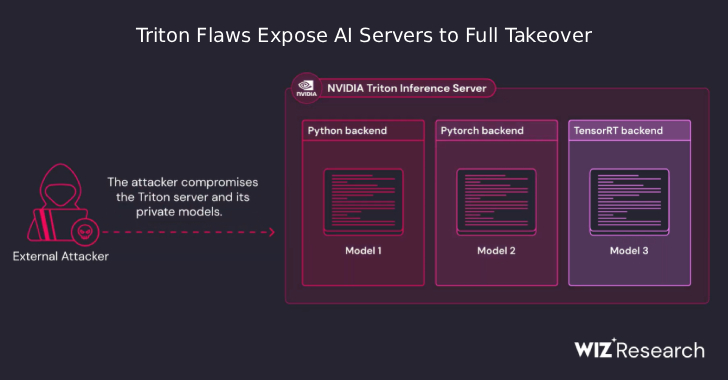
Safeguarding Your Company: The Power of Social Engineering Testing
In an era marked by rapidly advancing technology, businesses of all sizes face a constant battle against cyber threats. While sophisticated malware and hacking techniques make headlines, one often underestimated vulnerability remains: the human factor. Social engineering attacks leverage psychology to manipulate employees into revealing sensitive information or performing actions that compromise a company’s security. To fortify your organization’s defenses against these cunning tactics, consider incorporating Social Engineering Testing into your cybersecurity strategy.
Understanding Social Engineering
Social engineering is a deceptive approach employed by cybercriminals to exploit human psychology and gain unauthorized access to valuable information or systems. It’s essentially a “people hack” rather than a traditional computer hack. Cybercriminals use various techniques to manipulate employees into divulging confidential information, clicking malicious links, or executing actions that compromise security.
Common social engineering tactics include:
- Phishing: Attackers send seemingly legitimate emails, often impersonating trusted sources, to trick recipients into revealing sensitive data or clicking on malicious links.
- Pretexting: Cybercriminals create fabricated scenarios or personas to manipulate individuals into sharing information.
- Baiting: Attackers offer enticing incentives, such as free software downloads, to lure victims into infecting their systems with malware.
- Tailgating: This tactic involves physically infiltrating a secured area by following an authorized person.
- Quid Pro Quo: Cybercriminals promise something valuable in exchange for information or access.
The Power of Social Engineering Testing
Social Engineering Testing, also known as Social Engineering Penetration Testing, is a proactive approach to assessing an organization’s vulnerability to social engineering attacks. It involves simulating these tactics to identify weaknesses in your company’s security posture and the behavior of your employees. Here’s how it can help keep your company secure:
- Identifying Vulnerabilities
By mimicking real-world social engineering attacks, testing procedures reveal vulnerabilities in your organization’s security infrastructure. This includes weaknesses in employee training, awareness, and adherence to security policies. Identifying these vulnerabilities allows you to take proactive measures to address them effectively.
- Employee Awareness and Training
One of the most crucial aspects of Social Engineering Testing is its potential to raise employee awareness about social engineering threats. When employees experience simulated attacks, they become more vigilant and better equipped to recognize suspicious behavior in the future. This, in turn, reduces the likelihood of successful real-world social engineering attacks.
- Evaluating Security Policies
Social Engineering Testing evaluates the effectiveness of your company’s security policies and procedures. If employees consistently fall for simulated attacks, it may be an indication that your security policies need revision or reinforcement. This proactive evaluation can prevent costly breaches down the line.
- Testing Incident Response
In addition to preventing breaches, Social Engineering Testing assesses your organization’s incident response capabilities. How quickly and effectively does your team respond to a simulated social engineering attack? Identifying weaknesses in incident response allows you to refine your strategies for handling real emergencies.
- Tailored Training
Based on the results of Social Engineering Testing, you can implement tailored training programs for your employees. These programs can focus on specific weaknesses identified during the testing process, helping your workforce become a more formidable line of defense against social engineering threats.
Real-World Examples
To illustrate the significance of Social Engineering Testing, let’s delve into some real-world examples:
- The Equifax Breach
In 2017, Equifax, one of the major credit reporting companies, suffered a massive data breach that exposed sensitive information of 143 million individuals. The breach occurred because Equifax failed to patch a known vulnerability in its system, allowing cybercriminals to exploit it. Social Engineering Testing could have played a crucial role in highlighting this vulnerability, prompting Equifax to take action before the breach occurred.
- The Target Data Breach
In 2013, retail giant Target fell victim to a cyberattack that compromised credit card information for 40 million customers. The attack began with a phishing email sent to an HVAC contractor, who had access to Target’s network. Had Target conducted Social Engineering Testing, they might have been more prepared to recognize and defend against such an attack.
- The Twitter Bitcoin Scam
In July 2020, a high-profile Twitter hack took place, targeting the accounts of prominent individuals and companies, including Elon Musk and Apple. The attackers used social engineering tactics to manipulate Twitter employees into providing access to internal systems. Social Engineering Testing could have revealed vulnerabilities in Twitter’s employee training and awareness, potentially preventing the breach.
Conclusion
In today’s digitally connected world, social engineering attacks pose a significant threat to companies of all sizes. To fortify your organization’s defenses, Social Engineering Testing is an invaluable tool. It not only identifies vulnerabilities in your security posture but also enhances employee awareness, evaluates security policies, and fine-tunes incident response.
As cybercriminals continue to refine their tactics, staying one step ahead is essential. Incorporating Social Engineering Testing into your cybersecurity strategy is a proactive measure that can make all the difference between a secure company and a headline-grabbing data breach. Don’t wait until the next attack; take action now to protect your organization and its valuable assets.
Contact Cyber Defense Advisors to learn more about our Social Engineering Testing solutions.





